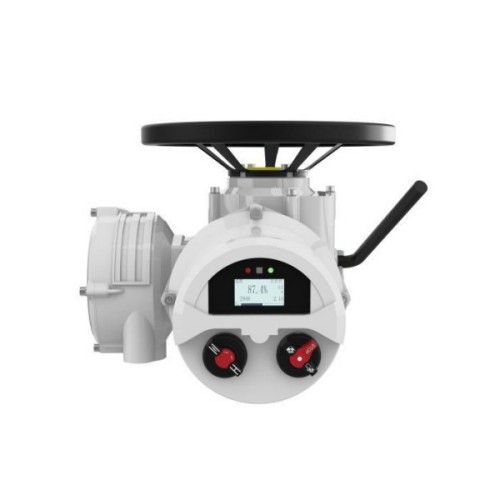Exploring Various Types of Check Valves and Their Applications for Fluid Control
Understanding Different Types of Check Valves
Check valves are crucial components in many fluid systems, designed to prevent backflow and ensure unidirectional flow of liquids and gases. They are commonly used in various industries, including water treatment, oil and gas, food and beverage, and chemical processing. This article will explore the different types of check valves, their operational principles, applications, and advantages.
1. Swing Check Valves
Swing check valves are one of the most commonly used types. They operate by using a disc that swings on a hinge or pivot when fluid flows in the desired direction. When the flow stops or reverses, the disc swings back and seals against a seat, preventing backflow. They are typically used in larger pipe sizes and applications where low-pressure drops are desirable.
Applications Swing check valves are often found in water supply systems, wastewater treatment plants, and HVAC systems.
Advantages These valves provide a low-pressure drop and are more suited for horizontal piping installations.
2. Lift Check Valves
Lift check valves operate similarly to swing check valves but use a disc that moves straight up and down. The fluid pressure lifts the disc off the seat when flow occurs, and gravity returns it to the seat when flow ceases. These valves can be installed in both horizontal and vertical pipelines but are more commonly used in vertical applications.
Applications Lift check valves are often used in steam, gas, and oil applications where space is limited.
Advantages They tend to provide a tighter seal compared to swing check valves and can handle higher pressure systems.
Diaphragm check valves utilize a flexible diaphragm that opens and closes based on pressure changes. When fluid flows in the correct direction, the diaphragm flexes upward, allowing flow. Conversely, if there is a backflow, the diaphragm seals against the flow, preventing any reverse movement.
different types of check valves

Applications These check valves are ideal for corrosive fluids, slurries, or applications requiring food-grade materials.
Advantages They provide excellent sealing capabilities and can handle a wide range of fluid types, including those that are viscous or contain solid particles.
4. Ball Check Valves
Ball check valves are unique in that they utilize a spherical ball that moves to block the flow in case of backflow. When fluid flows in the correct direction, it pushes the ball away from the seat. Conversely, if there’s backflow, the ball rolls back to its seat and seals any reverse flow.
Applications Ball check valves can be found in conditions with fluctuating pressures, such as in pump discharge systems, water and wastewater applications, and irrigation systems.
Advantages They can effectively prevent backflow even in low-flow conditions, making them suitable for various applications.
5. Spring-Loaded Check Valves
Spring-loaded check valves include a spring mechanism that assists the closing action of the valve. They ensure that the valve closes quickly upon detection of backflow. These valves are particularly useful in systems where fluid dynamics might cause rapid changes in flow direction.
Applications Often used in pump systems and automated processes where immediate closure is necessary.
Advantages Faster response times in preventing backflow and can be tuned according to specific system pressures and flow rates.
Conclusion
Understanding the different types of check valves available is essential for engineers and system designers looking to optimize their fluid systems. Each type comes with its advantages suited to specific applications, fluid types, and operational requirements. Selecting the correct check valve ensures the longevity and efficiency of any fluid system, safeguarding against leaks, contamination, and system failures. By assessing the requirements of your particular application, you can choose the right type of check valve to ensure the seamless operation of your systems.
-
Breakthrough in Domestic Low Temperature Valve Technology in ChinaNewsAug.18,2025
-
From Machinery to Intelligent Brain: The Digital Transformation Wave of the Valve IndustryNewsAug.18,2025
-
PCVEXPO 2025NewsAug.18,2025
-
The Key to Fluid Control: Exploring the Advantages of Ball Valves in Industrial SystemsNewsJul.09,2025
-
The Versatile World of 1, 2, and 3 Piece Ball ValvesNewsJul.09,2025
-
Stainless Steel Ball Valves: The Ideal Choice for Efficient Flow ControlNewsJul.09,2025
-
Optimizing Fluid Control with Ball Float ValvesNewsJul.09,2025




